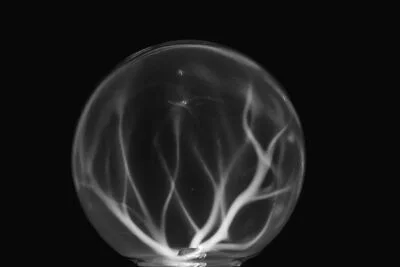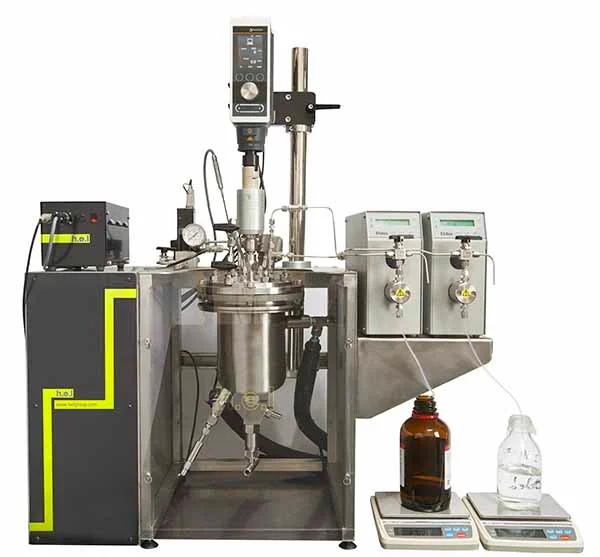This article delves into utilizing elementary items such as a Styrofoam coffee cup and a thermometer to comprehend the abstract notion of calorimetry.

Image Credit: H.E.L Group
Users can use simple equipment to measure enthalpy, a term often associated with physicists but significantly relevant to daily life.
Heat transfer plays a pivotal role in all these processes, and this is where the concept of enthalpy comes into play.
If we look at this from the perspective of a gas boiler, a quick exothermic reaction, combustion, occurs. The energy is then released into the surroundings. The change in enthalpy (ΔH) is negative because the energy is being lost by the system (the heater) and gained by the surroundings.
Understanding the concept of enthalpy means learning how energy is transferred and how it can impact daily lives. This section delves into the science behind enthalpy and how heat transfer can be quantified.
What is Enthalpy?
Enthalpy (H) represents the total energy within a system, encompassing both the system's internal energy (U), pressure (P), and volume (V). The following equations represent this:
H = U + PV

Image Credit: H.E.L Group
This concept finds fundamental importance in quantifying energy shifts during chemical reactions. While pressure and volume are readily measurable, determining the total enthalpy directly proves challenging due to the typically unknown or difficult-to-determine components within the internal energy.
In many everyday situations, enthalpy changes occur at constant pressure, linking these changes to the heat absorbed or produced by the reaction. This type of calorimetry is known as isobaric calorimetry.
Suppose the cup used in this experiment is highly insulating, as with a Styrofoam cup. In this scenario, the type of calorimetry employed is adiabatic calorimetry. This means that the heat released or absorbed by the reaction is entirely retained by the cup, allowing for accurate measurement.
If enthalpy changes occur without changes in volume, it implies that all enthalpy changes are connected to the heat released or produced during the reaction.
As the reaction progresses, it can either generate heat, increasing the temperature in its surroundings (exothermic reaction), or absorb heat (endothermic). The heat can be easily measured using the following equation:
q = mwater x Cwater x (Tf-T0)
In this equation, 'm' represents the mass of water inside the cup, 'Cwater' is the thermal capacity of water, and 'Tf - T0' stands for the final temperature minus the initial temperature.
In this case, it is assumed that all the heat will be transferred into the water, which is why the thermal capacity of water is used, resulting in a change in water temperature.
Equipped with a Styrofoam cup with a thermometer and knowledge of the amount of water in the cup, users can calculate the heat exchange and understand how much the enthalpy has changed.
Professional Calorimeters

Image Credit: H.E.L Group
Professional calorimeters, such as H.E.L's Simular, function similarly to a Styrofoam cup. Instead of utilizing Styrofoam as an insulator, the reactor is enclosed by a jacket containing a fluid, such as oil, that absorbs or provides heat during the reaction.
The calorimeter is equipped with several heaters and thermometers, facilitating the detailed monitoring of the reaction.
Various methods exist for measuring heat in calorimeters. One method involves analyzing heat flow. In this case, the reaction either generates or absorbs heat, causing fluctuations in the temperature of the fluid within the jacket.
Similar to the Styrofoam cup, these temperature changes in the fluid determine variations in enthalpy. Another operating approach, power compensation, aims to maintain a constant temperature within the reactor. To achieve this, the fluid in the jacket is heated to a specific temperature.
As the reaction progresses, the heater must cease (for exothermic reactions) or increase energy input (for endothermic reactions) to sustain the jacket temperature.
Instead of monitoring temperature variations, the reactor assesses how the power supplied to the heater differs, equating it with the heat change resulting from the reaction.
Enthalpy: From Abstract Concept to Concrete Reality
Enthalpy may initially appear as an abstract concept, but it is evident how this elusive notion influences daily life – from heating homes to brewing a cup of tea.
It becomes apparent how changes in a system's energy can be gauged using simple tools, such as a coffee cup and a thermometer, and how this same fundamental concept is applied in professional calorimeters.
The data collected by calorimeters bear significant implications and aid in comprehending the underlying principles that govern commonplace phenomena, propelling advancements in technology and industry.
As the understanding of energy exchange deepens, the ability to harness and manipulate energy is enhanced, unlocking new prospects for the future. This, in turn, contributes to the creation of a healthier, safer, and more sustainable world.
References and Further Reading
- http://ch301.cm.utexas.edu/thermo/#thermochemistry/coffee-cup-calorim.html
- https://helgroup.com/blog/the-fundamentals-of-calorimetry/

This information has been sourced, reviewed and adapted from materials provided by H.E.L Group.
For more information on this source, please visit H.E.L Group.